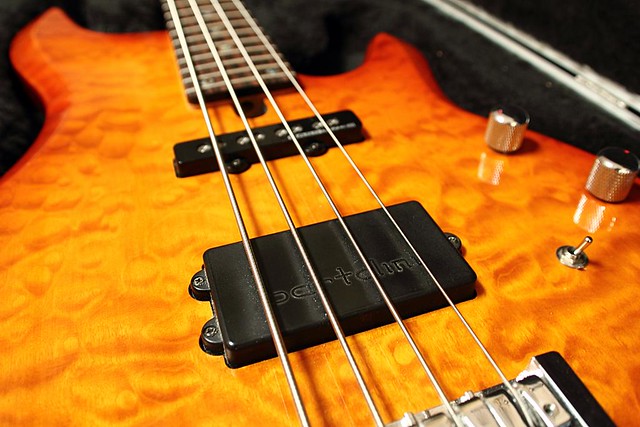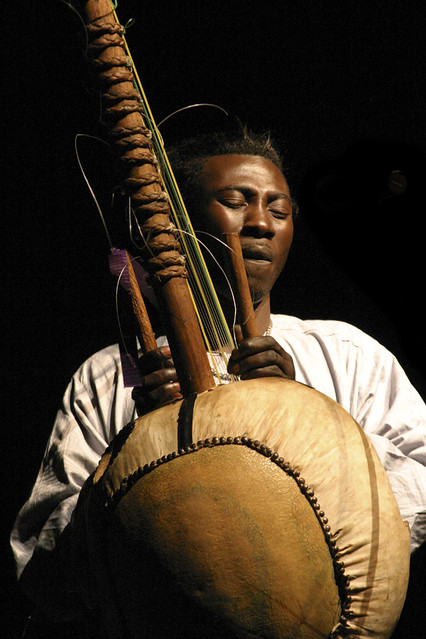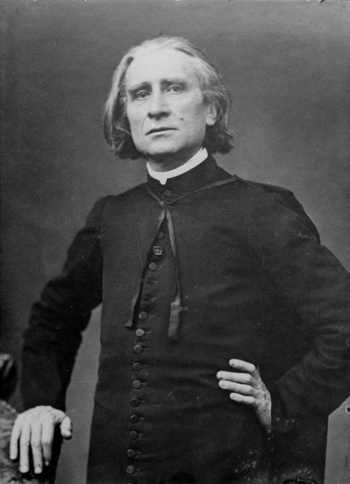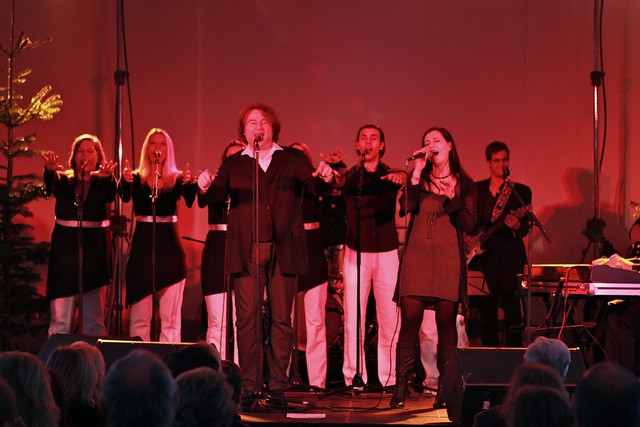 |
| Armenian folk musicians - (Photo credit: Wikipedia) |
The rich culture of Armenia is a veritable collage of different elements that are embedded finely and woven intricately. One of the most important elements, tying the people of Armenia in one common thread, is its music. Armenian music has its own unique flavor, yet it is perfectly blended with the neighboring countries like Russia, Georgia, and Iran. Many people find a few of similarities of Armenian music with the Middle East and Mediterranean region as well.
Today, the Armenian music has a distinct style of its own. It encompasses the old and traditional tunes in unison with the modern and contemporary music. Therefore, the rich heritage of the music has been passed over to the younger generation, who is beautifully experimenting with the modern music alongside the classical music.
The most talked about traditional folk music is Rabiz. It usually means a genre of Armenian folk music. However, Rabiz music slowly was deteriorated due to lack of good lyrics and it is almost deformed to the extent it found semblance with Turkey and Arab music.
The Armenian tunes have a strong classical base. There are many noted musicians who have made it very popular. The renowned and noted classical musician Jivan Gasparyan has promoted duduk music to almost all the countries including USA, UK, and European countries. It Jivan Gasparyan's music tells the history of the Armenian folks, their struggles and sufferings without uttering a single word. So, this is a great way to reliving the history and telling the younger generation about the sufferings and sorrows of the Armenian folks.
There are many Armenian videos available that depict the infamous Armenian genocide. The Turkish government massacred many Armenians living in the Ottoman region. As many as 1.5 million Armenians were killed and the rest of them had to leave their country. Many of them took refuge in the USA. The main reason cited for this genocide by many people is that Turk rulers considered Armenians, who professed Christianity through their Christian music and Church music, as a potential threat to Turkey. Even, the Armenian Diaspora news Armenian videos are available.
The other most important thing that has given Armenians recognition is the Armenian funny videos. There are various television shows in the USA that include Armenian funny videos. Some popular comedy shows are also available as funny videos. Kargin is the most popular series available on the Internet today.
|













